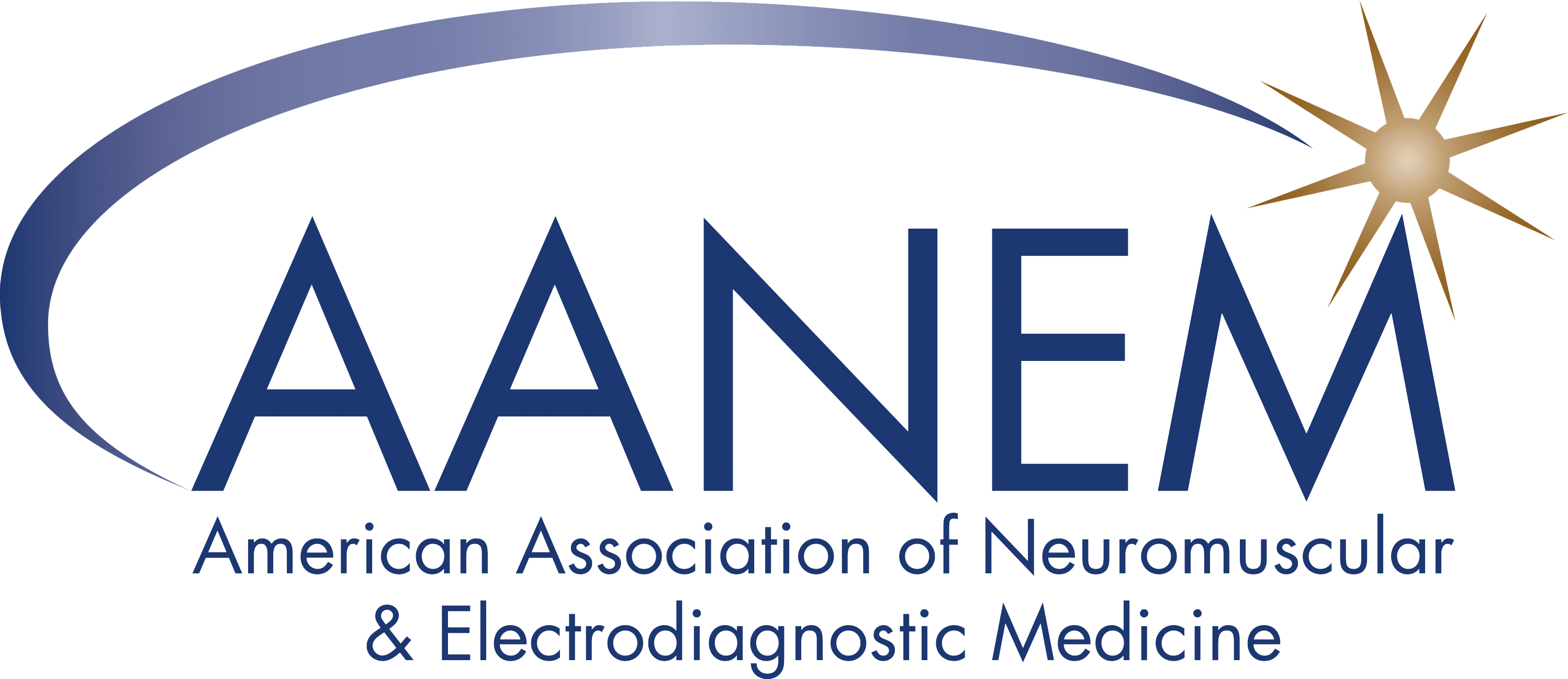As January’s ‘What could this mean? remains open, I am revisiting the closely related neuromuscular syndrome of abnormalities of female reproductive hormones.[1] To keep the principal message succinct, substantial amount of text is in footnotes.
These patients, exclusively women (mostly 30 to 60), present with predominantly sensory symptoms in an upper limb. They describe a spectrum[2] of aching, pain, tightness around the shoulder and adjacent side of the neck. Aching and pain radiate onto the forearm and hand, but there is not much numbness – as of the carpal tunnel syndrome or an ulnar neuropathy, and no specific weakness. Symptoms usually begin about 2 months after a distinct gynecological event (including medicinal or surgical).[3] Unless the syndrome, however, is recognised – contingent on such events being elicited, often by direct questioning, it would be missed, or misdiagnosed, with unnecessary surgery to follow.[4]
Almost all these patients are referred for the (implicitly) true neurogenic (or vascular) thoracic outlet syndrome, cervical radiculopathy, benign fasciculation syndrome or median or ulnar neuropathy. When, however, it is the neuromuscular syndrome (of this post), the patient turns out to have none of these pathologies.[5]
In fact, nerve conduction (including the cutaneous nerves of the forearm) and EMG are usually negative;[6]except for discharges (yet to be explained, beyond the postulate they reflect muscle or nerve hyperexcitability) that follow the F-waves.[7]
Symptoms, however, persist for several months after withdrawal of the medicinal hormone. I do not know the explanation;[8] the phenomenon is perhaps akin to ‘coasting’ in drug-induced neuropathies, but I also postulate another mechanism.[9] This lag is important: (a) suspicion of the syndrome would, not unreasonably, be questioned and no specific treatment, or withdrawal of the hormone would be instigated; and (b) even if it was possible to withdraw the hormone, the patient, or doctors may decide this was not the culprit and reverse the withdrawal.
But I might be wrong.[10] Many women are on medicinal hormones, and the association might be coincidental – even granting it is in over two hundred patients I have seen where the association is distinct?[11] There might also be other factors yet unknown that contribute – Swiss cheese model – to produce the syndrome.
I am hoping that wider recognition of the syndrome may clarify the association with hormones and with the electrophysiological correlates of (putative) neuromuscular hyperexcitability.[12]
Footnotes:
[1] The phenomenon may also occur in other conditions.
[2] Constraints of language; many women note what they feel is difficult to describe – hence several adjectives. Tightness sometimes likened to a blood pressure cuff or elastic bands squeezing the upper arm. Twitching, muscles feel knotted, and a patient volunteering that the pain in the shoulder is unique: ‘only a woman would recognise, being similar to that of contractions of the gravid womb.’
[3] The very first patient (Thomas and Cushing’s, Johns Hopkins Hosp Bull (14):315–319, 1903) may have been such an example. Also, about a quarter of the women I have seen have had hysterectomy, while the precipitating event can sometimes be just a change in the brand of the medicinal hormone.
[4] Possibly as the case of the ‘What could this mean?’, where it would be useful to know what the symptoms were – before release (relief lasting only five weeks), how did symptoms become worse, and what medicines (hormones may need to be asked about specifically) the patient might have been on.
[5] Some slowing across the carpal tunnel (or of the ulnar nerve across the elbow) is not infrequently detected, but usually short of the constituting the entrapment syndromes (as corroborated by appropriate symptoms). Nevertheless, slowing may be misconstrued – even by the referring clinician receiving the report – as either of these entrapments. It is also possible either of these entrapments coexist, although short of explaining the overwhelming (hormonal) symptoms. Also, fixation with a structural (rib or band) anomaly may override other considerations.
[6] As also imaging and vascular ultrasound.
[7] F-wave display needs to be at least 100ms long. But other electrophysiological methods for reflecting neuromuscular hyperexcitability (possibly due to nerve or muscle cell-membrane ion-channel dysfunction secondary to hormonal imbalance) might already, and more will be available.
[8] As also for why the presentation is unilateral. Sometimes, the ipsilateral lower limb is included (as it also was in Thomas and Cushing’s Case I).
[9] Although symptoms have been precipitated by the exogenous hormone (medicinal, such as the HRT) but also to which the ovaries and uterus would have responded by modifying their own ‘endogenous’ production of hormones (possibly explaining the delay of few months before symptoms appear), when the medicinal hormone is withdrawn, the ovaries and uterus are not expected to switch off instantly; they may take several (28-days) cycles to go back to their ‘normal’, innate pre-hormone-replacement production.
[10] Emphasising in my report that, although my suspicion is based on numerous patients I had seen over several years, I might still be wrong, and deferring to the opinion of the referring clinician and other specialists the patient might be seeing – including for decision on withdrawing the hormones.
[11] Many of these women had, in the few months preceding symptoms, started on a medicinal hormone (orally, implant), for contraception or replacement. In fact, it is as much on the woman herself that, on recounting her medicines, dawns the association. (Some women do not consider these hormones medicines, and the question may need to be specific.)
[12] For why I am also presenting this thread, from a patient: ‘Dr Ragi believes I may have a neuromuscular syndrome. I wondered if it's possible to get any information regarding this please as I can't find much online myself, other than a letter (133-135-JFPRHC April 07)… As I'm still (five months after onset, following hysterectomy) experiencing the same symptoms, it would be really useful to have more info to know where to go from here.’

